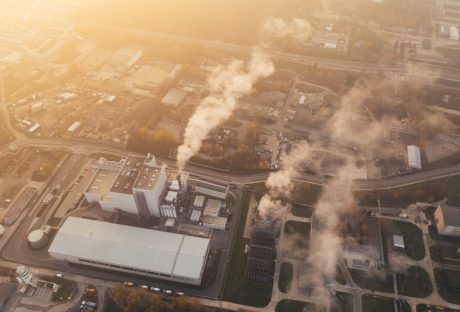The world’s population is rapidly growing, with the majority of this growth occurring uncontrollably. The average life expectancy has increased considerably as a result of technological and medical advances, and the mortality rate has reduced as a result.
That is a beneficial element; unfortunately, reproduction rates are now out of control, and the population growth we are seeing today is unprecedented. This can be regulated in several ways. Let’s have a look at a few examples.
Family planning is essential
It is vital to have a well-thought-out family strategy. There are limited resources, thus family planning is necessary to maximize their use by assessing their availability.
Federal legislation has the potential to be a catalyst for a revolution in family interactions. Proposing incentives to limit offspring, as several governments have done in the past, can have a major desirable effect.
Have safe sex

Several cases of accidental births have occurred as a result of unprotected sex with little regard for the various precautions. Not only can this result in sexually transmitted illnesses with life-altering consequences, but it also leads to abortions, which is a contentious issue.
To avoid such catastrophes, it is necessary to exercise prudence before engaging in any sexual activity. The usage of condoms, for example, can be quite beneficial.
They are not only simple to use and do not cause any lasting alterations to the body, but they are also inexpensive and thus easily replaceable.
Their usefulness has been extensively proved, and because they are so widely available, one should not hesitate to utilize them.
Related Resource: Just Not Feeling it? Tips for Getting Your Sex Drive Back
The application of pharmacological methods
Pills that block the synthesis of sex hormones like testosterone and estrogen are another popular way to prevent reproduction.
They’re also easy to come by from the drugstore, but you’ll need a legitimate prescription to get them. Because these medications can have a variety of negative effects, it is always safer to consult a doctor.
Inhibiting reproduction via surgical methods

There are a variety of surgical treatments that can be used to inhibit the body’s natural propensity to reproduce. However, you should proceed with caution when undergoing these treatments because the results are nearly always permanent.
You must ensure that your family is complete before undergoing the surgery and that you are confident that not having children in the future is your choice and you can live with it.
Vasectomy is one of the procedures that can be performed. An experienced professional must be consulted beforehand.
If you are a resident of the states and live near New York, you can find an exceptionally skilled urologist for vasectomy Brooklyn, New York.
Conclusion
Scientists have been perplexed by the population explosion. This has a number of negative consequences due to its destructive nature. We live on a limited budget of natural resources, therefore it’s critical that we keep track of how much we spend.
Our bodies will cease to exist if our blood supply is depleted. The same may be said for our planet. The future will be dismal and grim if we do not exercise caution now.
We may be untouched by the dwindling resources around us, but future generations will suffer. It is imperative that we plan for a better tomorrow today.
Read Also:






















